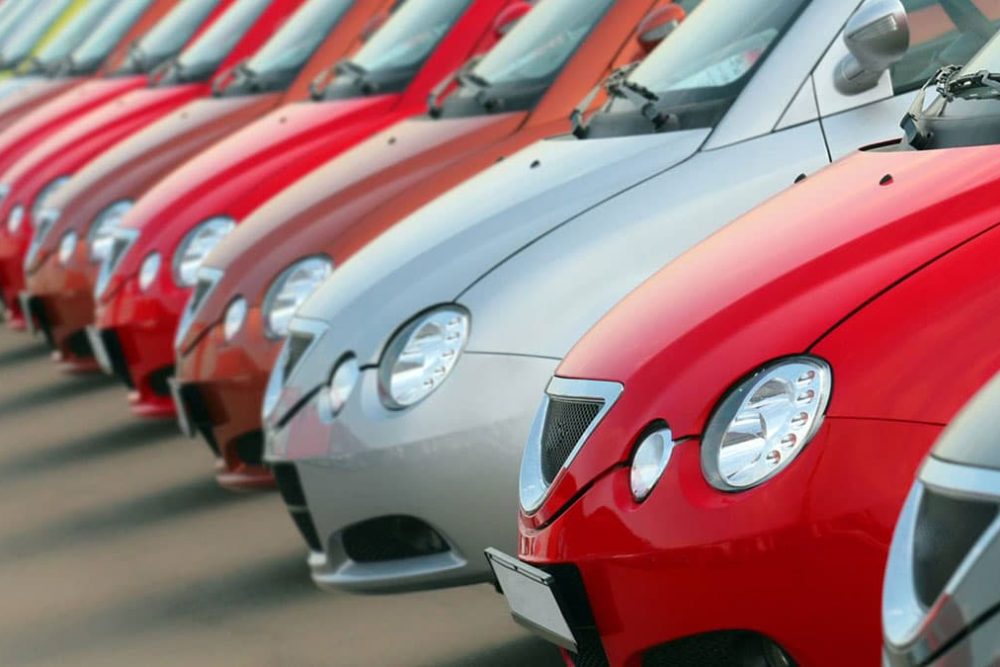OUR relationship with cars has transformed immensely in the past 10-15 years. From on-demand ride services like Lyft and Uber to a world of self-driving vehicles, that is actually much closer than we realise, the automotive industry will continue evolve rapidly.
By putting customers at the center of the experience, auto dealers and other retailers will survive and even thrive in this dynamic ecosystem as long as they focus on these five essential automotive retail trends:
-
The car dealer isn’t going anywhere
The dealer model may seem to have its place in history, but that doesn’t mean it will be headed out the door anytime soon. Cars, along with houses, are a major purchase for individuals.
They want to be able to test drive, ask questions, and review other options. Even tech-savvy millennials still often head to the dealership.
Despite lingering concerns over transparency, dealerships not only provide better insight than what’s possible online, but they also solve additional challenges that come with car buying, including registration, taxes, and financing, along with trade-ins.
All of these crucial steps of the customer journey are made much simpler by working with dealer groups.
-
Pressure on dealer margins
As important as the dealership will continue to be, there is still significant downward pressure on dealer profit margins. Between 2015 and 2018, average dealer operating profits plunged from 8.9% to 1.7 percent despite years of consistently high sales.
Several trends are to blame for this. Used-car retailing, which has quickly evolved into the digital space with major names like Carvana, Roadster, and Vroom, has undercut traditional dealer models while enhancing the selling experience.
Dealer groups also face significant turnover and consolidation challenges. This, combined with this year’s chaotic economic swings, will continue to put profit margins at risk.
-
Enhancing the customer experience journey
The traditional dealership days being the sole brand interaction (outside the vehicle itself) between the consumer and OEM have long gone. With the advent of the internet and the rise of social media, manufacturers can facilitate relationships that go well beyond the driver’s seat of the vehicle.
From connected apps to redesigned dealership experiences that combine cafes, high-end restaurants, and AR/VR technologies, OEMs and dealer groups are leveraging new ways to build relationships that integrate into all aspects of customer’s lives.
-
The Rise of Car Subscription Services and Shared Mobility
Some OEMs and retailers have been playing around with the subscription model for a couple of years now in select markets. Depending on the service, subscriptions are somewhere in between a car rental and lease.
One of the best examples is Hertz My Car. Reeling from the reduced car rental demand post-COVID-19, Hertz decided to go all-in on its long-term rental programme.
Hertz offers two pricing tiers at $999 and $1399 (insurance included) and gives users the ability to switch vehicles twice per month. While this might seem pricey, drivers can cancel plans any time and get more miles than traditional leases.
While car subscription services are still in their infancy, the overall share mobility trend is growing quickly. Whether it’s apps Turo or Zipcar or Lyft’s new hybrid rent-drive program Express, car ownership, as we knew in the past, has fundamentally changed.
-
Parts and Services Remain Profitable
While consumers may have more choices for where they purchase vehicles, maintenance parts and services will grow to $46 billion in 2030 while franchise parts and services will also grow to $60 billion as more cars get on the road.
However, the increased penetration of both BEVs (battery electric vehicles) and HEVs (hybrid electric vehicles) will reduce car maintenance outlays by 2030 because BEV maintenance spending averages 50% that of ICE vehicles. Thus while there are still a few more solid years left, retailers need to start developing new profit channels.
Disruption is the future of automotive retailing
For such a long time, automotive retail experienced significant stability even as other industries were evolving around it. But digital transformation comes for everyone and the journey has just become for the automotive industry.
While challenging times are ahead for traditional retailers, now’s also an opportunity to rethink, reposition, and capture these trends’ potential to position yourself as a market leader of tomorrow.







